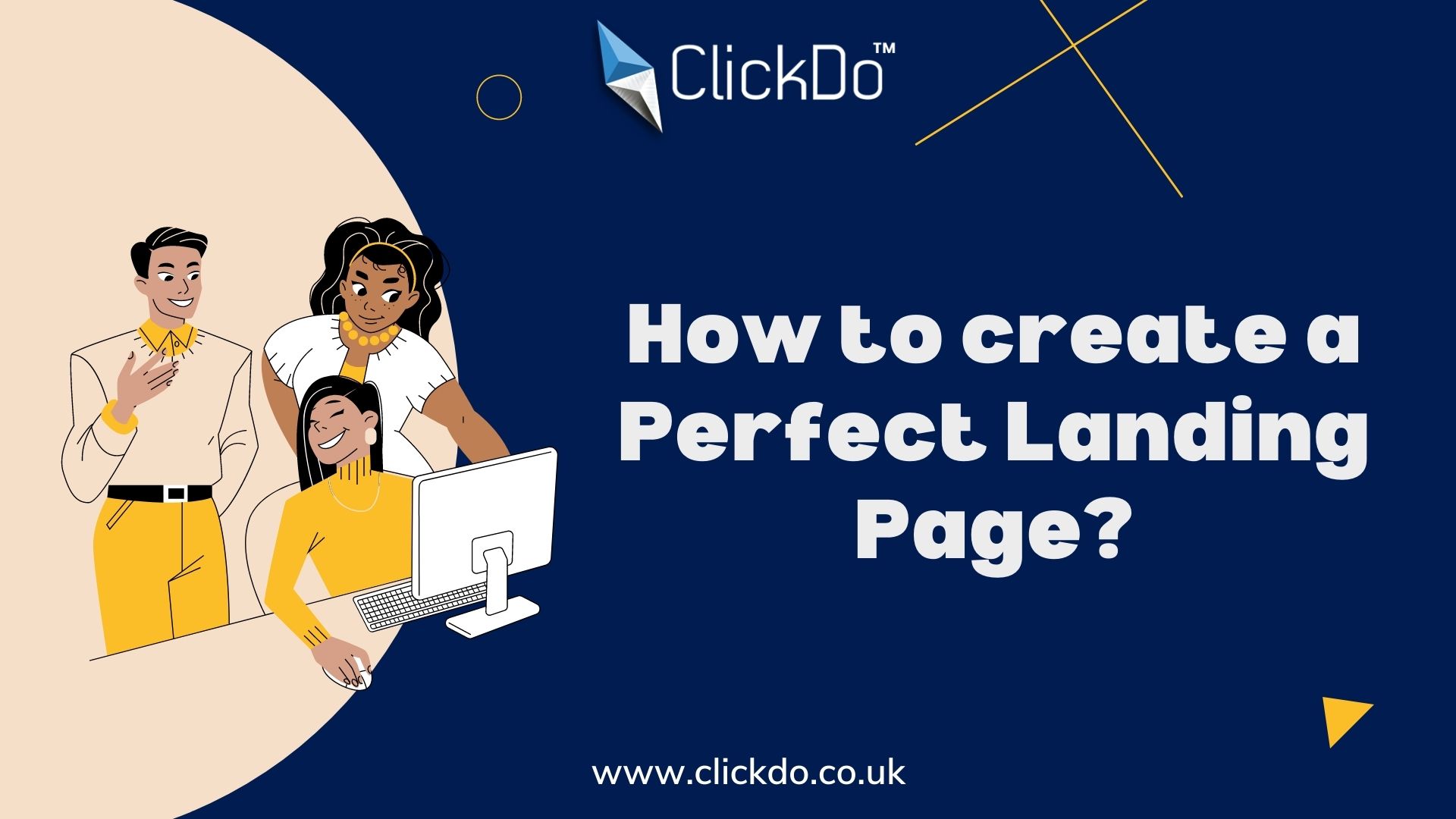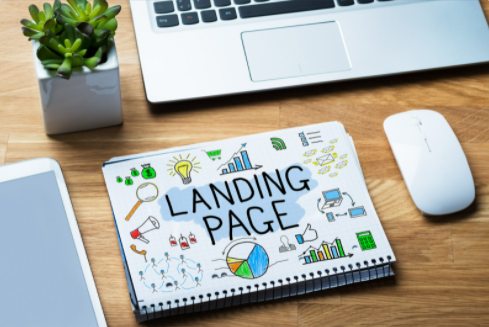How to create a Perfect Landing Page?

Landing pages have a great impact on ranking and conversion rate. The wrong landing page sometimes leads to a loss of traffic and revenue in your business.
Evey marketers and SEO experts give more priority to the customer experience and try to build the landing page with more user experience factors. Sometimes the wrong landing page affects the campaigns and their success rate.
Even if your page ranks fall after having well-optimized content, this could be due to your landing page. You can notice the following things if you have the wrong landing page.
· CTR falls
· Raise in Bounce rate
· Conversion rate falls
These things are easily fixed by building a perfect landing page. Here we have a checklist to build a perfect landing page that supports ranking.
Checklist for Creating a responsive landing page
Below is the checklist that helps you to build a perfect landing page for your business website or personal blogs. To rank well in today’s search results, you need to design a perfect landing page along with page optimization.
1. Responsive design
Style and design of the web page are more important to the website to gains the user’s attention. Make sure your landing page has a responsive design especially for mobile users.
Here are some of the tips to design a landing page with responsive design.
- Make your website adaptive to any type of device. Landing pages have great responses for desktop, mobile, tablets, and also for all OS.
- Always check the images before uploading them on a landing page. Scale the images to the right size for the more responsive.
- Use short meta titles and descriptions.
- Avoid pop-ups option
- Make your content clearer for humans as well as crawlers.
2. Page Optimization
After designing a landing page, optimizing it for a better search result matters. For optimizing a landing page, you should need to concentrate on below things
Title tag
Title tags are more important, as it has been seen in a most visible place in your content. Check out some insights for optimizing the title tags
- Keep it in a decent length of 60 characters
- Don’t include any special characters in a Title tag
- Include the target keywords
- Place the keywords in the starting portion of Title Tag
- Avoid duplicate titles
- Use your brand name in the title tag
Meta Description
Meta description also has a similar weightage to a Title tag. Meta description gives more details to the users, and it determines whether it is a relevant search query or not.
- Write Unique Meta descriptions
- Don’t use duplicate descriptions
- Concentrate on the length of the meta descriptions
- Make it more engageable.
Header Tags
You can use H1-H6 to structure your content and make your landing page more responsive for humans and bots. This makes your content flow in a hierarchical structure that eases the reading. Optimizing the header tags helps search engines to read and understand your content better.
- Place heading tags in a Hierarchical order
- Optimize the headings with the keywords
- Use different font styles for your headings to stand out
- Keep it simple and readable
Keywords
Search engine easily finds your content with the help of keywords. Keywords are the clues to the Google crawlers that correctly spot your page. So,
- Place your focus keywords at the first 100 -150 words of the page content.
- Use maximum number of related keywords
- Keep your content length longer structured with LSI and exact match keywords
- Use keywords as the Images Alt tags.
Images
Images play an important role in creating a successful landing page. Using relevant images with high quality helps to rank your page soon on SERP.
- Use – High-quality images
- Optimize the images before adding it to your page
- Use original images instead of picking something from free platforms
- Make sure the size of the images doesn’t affect the page speed
3. Technical SEO
Technical optimization involves page speed, traffics, and is mobile-friendly. To analyze and audit the technical optimization may SEO tools and Analytics tools are available for free.
When designing your Landing page, you should check
- Whether your landing page qualifies for the mobile-friendly.
- Check the errors in the codes and correct them.
- Check site indexing by using the Google search console tool.
- Fix title tag errors and meta descriptions
- Audit your website content by using Google Analytics.
- Fix if any broken links are found.
- Submit your XML sitemap via search console,
4. User Experience
The landing page with great user experience gains more insights and this can be considered as the main objective to achieve the business goals. So, to improve the quality of user experience, you should focus on UX practices
- Use only useful content that satisfies the user’s needs.
- Your website should be easy to navigate on all devices.
- Use accessible content.
- Make your site more credible
5. Content Strategy
Content is a king. To make your landing page more responsive and to drive more traffic, you should make your content clearer and trend for all seasons.
- Update your website with new content in a regular manner.
- Use informative and entertaining content.
- Write a new and relevant blog to give more interlinks.
- Stick with trending topics
- Use social media promotions
6. Schema
Schema markup provides the exact content to the webpage, and it improves the search experience. Schemas are the rich snippets that appear in the search results.
The schema is used on
- Articles
- Events
- Local Businesses
- FAQs
- Reviews
- Recipes
- Products listing
Implementing the schema is a simple process, it can be easily done in WordPress sites with a number of available plugins.
Check this video to create a simple landing page using the WPBakery page builder.
Conclusion:
A responsive landing page is a web page that will fit all devices like laptops, desktops, tablets, and mobile devices. There are lots of WordPress themes and WordPress plugins available to create a responsive landing page. Responsive landing pages are essential to deliver a unique user experience to your audience and to hit first place in SERP.
Author Profile
- Jr. SEO Consultant, Blogger, & Content Specialist. Passion for writing in SEO, Digital Marketing & Tech-related Niches.
Latest entries
 Link BuildingNovember 3, 2021Local Link Building Tactics for your Business
Link BuildingNovember 3, 2021Local Link Building Tactics for your Business  Content MarketingOctober 26, 2021Top 8 Benefits of Content Marketing
Content MarketingOctober 26, 2021Top 8 Benefits of Content Marketing Social MediaOctober 23, 20215 Reasons Why you Need a Social Media Manager
Social MediaOctober 23, 20215 Reasons Why you Need a Social Media Manager Content MarketingOctober 21, 2021How to Create a Winning Blog Content Strategy?
Content MarketingOctober 21, 2021How to Create a Winning Blog Content Strategy?





